A Market Transformed, An Opportunity Unleashed
In the high-stakes world of international trade, seismic shifts often create unprecedented opportunities. For Iran’s world-class ceramics industry, such a moment is now. As of late 2025, the Russian construction and renovation market, a behemoth valued in the multi-billions of euros, is undergoing a radical transformation. The departure of long-dominant European tile suppliers from Italy and Spain has created a vacuum, leaving developers, distributors, and homeowners scrambling for high-quality, reliable, and aesthetically pleasing alternatives. This is not merely a gap in the market; it is a grand invitation. And for Iranian tile manufacturers and exporters, it is the single greatest export opportunity of the decade.
This is not a theoretical exercise. This is a practical, comprehensive guide for Iranian businesses poised to seize this historic moment. The path from the manufacturing heartlands of Yazd and Isfahan to the sprawling construction sites of Moscow, St. Petersburg, and Kazan is laden with immense potential, but it is also fraught with unique challenges. Navigating this new trade frontier requires more than just a superior product; it demands a deep understanding of Russia’s market dynamics, a mastery of evolving logistical corridors, a savvy approach to complex financial systems, and a strategic plan to build a lasting brand presence.
This guide will serve as your strategic playbook. We will move beyond headlines and delve into the actionable intelligence you need to succeed. We will dissect the Russian market to understand exactly what buyers want, map out the revolutionary International North-South Transport Corridor (INSTC) that makes this trade viable, demystify the financial and regulatory hurdles, and provide a step-by-step framework for building a powerful export strategy. The door to the Russian market is wide open—this guide will show you how to walk through it with confidence and pave your own path to success.
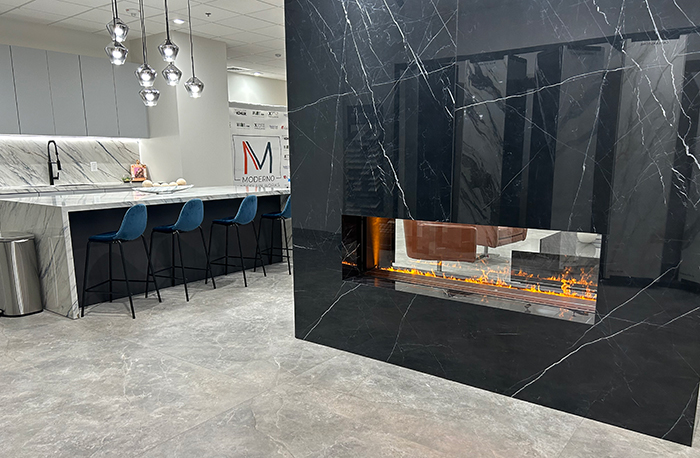
Chapter 1: Understanding the Russian Battlefield – Market Analysis
Before a single tile is packaged for export, a deep understanding of the target market is paramount. The Russian market is not a monolith; it is a complex ecosystem with distinct segments, preferences, and standards.
۱.۱ Market Size and Growth Drivers:
The Russian construction sector has shown remarkable resilience. Driven by government-backed housing initiatives, urban renewal projects, and a growing middle class investing in home renovations (dacha culture and city apartments alike), the demand for finishing materials remains robust. The tile and ceramics market, a sub-sector of this industry, is estimated to be worth several billion euros annually. The key drivers are:
- New Residential Construction: Large-scale apartment complexes are a constant feature in major Russian cities, requiring vast quantities of floor and wall tiles.
- Commercial and Public Projects: The development of shopping malls, hotels, airports, and public buildings necessitates durable, high-traffic, and aesthetically appropriate ceramic solutions.
- The Renovation Boom (Remont): A significant portion of the market is driven by individuals renovating existing properties. This segment is often more focused on design trends and aesthetics.
۱.۲ What the Russian Buyer Wants: Aesthetics and Technical Specs:
Your product must align with Russian tastes and technical requirements.
- Design Preferences:
- Natural Emulation: Tiles that convincingly mimic natural materials like marble, wood, and stone are perennially popular. Large format porcelain slabs (e.g., 60×120 cm or larger) that create a seamless, high-end look are in particularly high demand.
- Minimalist and Scandinavian Designs: Clean lines, neutral colors (greys, beiges, whites), and subtle textures appeal to the modern urban consumer.
- Classic and Ornate Patterns: In contrast, there is also a strong market for more traditional, decorative, and even opulent designs, especially for luxury apartments and homes. This is where Iran’s rich design heritage can be a significant advantage.
- Technical Specifications are Non-Negotiable:
- Frost Resistance: This is arguably the most critical technical requirement for any tile intended for use in Russia, especially for facades, balconies, or unheated spaces. Products must be certified as frost-resistant according to Russian GOST standards.
- Durability and Abrasion Resistance (PEI Rating): For high-traffic commercial areas, a high PEI rating (IV or V) is essential. Russian buyers are knowledgeable and will check these specifications.
- Water Absorption: Low water absorption is crucial, particularly for porcelain tiles used in bathrooms, kitchens, and exteriors.
۱.۳ The Competitive Landscape:
You are not entering an empty field. Key competitors include:
- Domestic Russian Producers: Companies like Kerama Marazzi (despite its Italian name, a major Russian producer) have a strong local presence, brand recognition, and established distribution networks. They are your primary competition.
- Turkish Manufacturers: Turkey has long been a major player in the Russian market, known for its good quality, competitive pricing, and logistical advantages via the Black Sea.
- Chinese Exporters: China offers a vast range of products at highly competitive price points, though sometimes with perceived quality inconsistencies.
- Other CIS Countries: Manufacturers from Belarus and other neighboring countries also have a presence.
Your strategy must clearly define how you will compete. Will it be on price, superior design, unmatched quality, or a combination of all three?
Chapter 2: The New Silk Road – Mastering Logistics via the INSTC
Getting your product to Russia efficiently and cost-effectively is the cornerstone of a successful export operation. The International North-South Transport Corridor (INSTC) has transformed the logistics of Iran-Russia trade from a challenge into a competitive advantage.
۲.۱ What is the INSTC and Why Does It Matter?
The INSTC is a 7,200-km multi-modal transportation network (ship, rail, road) that connects the Indian Ocean and Persian Gulf to the Caspian Sea, Russia, and Northern Europe. For Iranian exporters, it bypasses the long, expensive, and politically sensitive Suez Canal route.
The tangible benefits are staggering:
- ۴۰% Shorter Transit Time: A shipment that could take 40-60 days via the Suez route can now reach Moscow in 20-25 days.
- ۳۰% Lower Cost: The reduced distance and avoidance of high Suez Canal transit fees and ocean freight volatility lead to significant cost savings.
- Greater Control: This corridor is managed by friendly nations, reducing the risk of disruption from geopolitical events outside your control.
۲.۲ Your Primary Logistical Routes:
- The Western Route (Road-Sea-Road/Rail):
- Step 1: Tiles are loaded onto trucks from your factory (e.g., in Yazd).
- Step 2: They are transported by road to a northern Iranian port on the Caspian Sea, such as Anzali or Amirabad.
- Step 3: The cargo is loaded onto a vessel and shipped across the Caspian to a Russian port, primarily Astrakhan.
- Step 4: From Astrakhan, the tiles are transferred to the Russian rail network or trucks for final delivery to distribution hubs in Moscow or other major cities.
- This is currently the most popular and established route for Iran-Russia cargo.
- The Eastern Route (All-Rail):
- This route utilizes the railway network connecting Iran to Turkmenistan and Kazakhstan, and onwards into the Russian rail system.
- The completion of key links like the Rasht-Astara railway will make this an even more seamless and powerful option, offering a direct, all-weather land bridge.
۲.۳ Choosing a Logistics Partner:
Do not attempt to navigate this alone. A reliable freight forwarder with specific experience in the INSTC is your most critical partner. When vetting a partner, ask them:
- Do you have established offices or agents in both Anzali and Astrakhan?
- How do you handle customs clearance on both sides?
- Can you provide end-to-end service, from factory pickup in Iran to warehouse delivery in Russia?
- What is your process for cargo tracking and insurance?
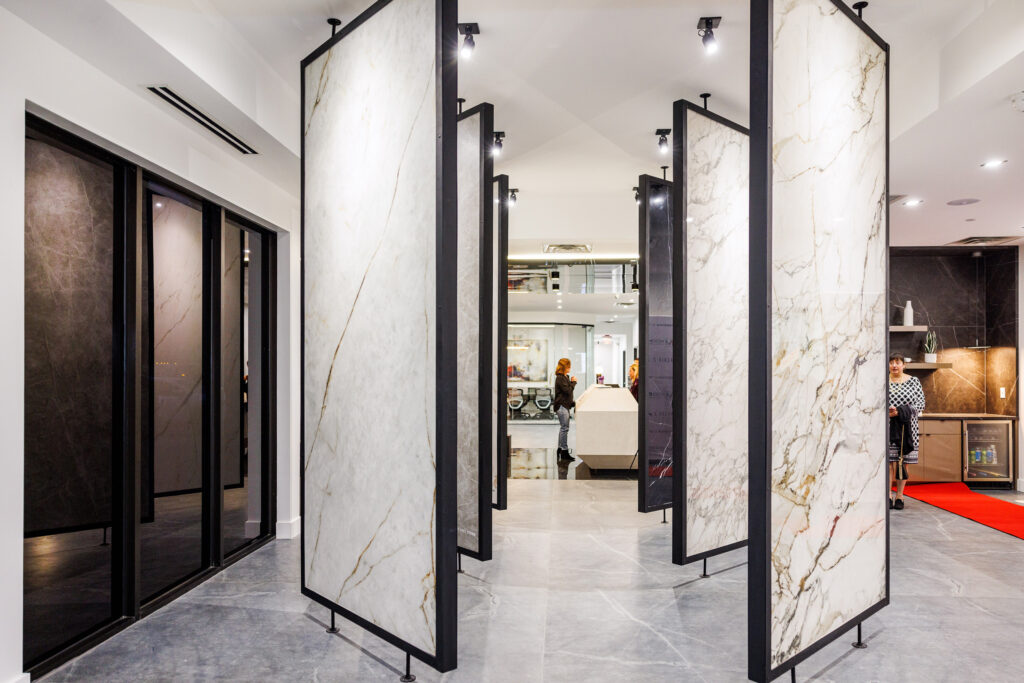
Chapter 3: The Financial Maze – Navigating Payments and Contracts
This is often the most daunting aspect for new exporters. Western sanctions on both Iran and Russia have largely cut them off from the global US Dollar-based financial system. However, a parallel, resilient system is rapidly evolving.
۳.۱ De-Dollarization in Practice:
Standard Letters of Credit (LCs) through Western correspondent banks are not an option. The primary mechanisms for payment are:
- Direct Bank Transfers in National Currencies: The central banks of Iran and Russia have worked to facilitate trade in Iranian Rials and Russian Rubles. This requires both the exporter and importer to have accounts at banks that are part of this network (e.g., Mir Business Bank in Russia, and designated Iranian banks).
- Third-Country Banking: Utilizing banks in friendly, neutral countries (such as certain nations in the Caucasus, Central Asia, or the Gulf) that have banking relationships with both Iran and Russia can be a viable, albeit more complex, channel.
- Barter and Reciprocal Trade: While less common for regular shipments, large-scale deals can sometimes involve the exchange of goods. For instance, tiles could be bartered for Russian timber, grain, or other commodities.
۳.۲ Structuring a Secure Contract:
Your sales contract is your ultimate protection. It must be meticulously drafted, ideally with legal advice from firms experienced in Russo-Iranian law. Key clauses to include:
- Currency: Clearly state the currency of the transaction (Ruble or Rial) and the agreed-upon exchange rate mechanism.
- Payment Terms: A common approach is a 30-50% advance payment upon signing the contract, with the remaining balance due upon presentation of shipping documents (Bill of Lading) or upon the goods’ arrival at the destination port.
- Incoterms: Use clear Incoterms (2020) to define responsibilities. Common choices are FOB (Free on Board) Anzali Port or CIF (Cost, Insurance, and Freight) Astrakhan Port. For a full-service solution, you might agree on DAP (Delivered at Place) to the buyer’s warehouse in Moscow.
- Dispute Resolution: Specify a neutral arbitration body and location for resolving any potential disputes.
Chapter 4: The Rulebook – Conquering Customs and Certification
Successfully entering the Russian market means playing by its rules. Compliance is not optional.
۴.۱ The GOST-R System and Technical Regulations of the EAEU:
Russia has a strict system of standards and certification. For building materials like tiles, you will likely need a Certificate of Conformity or a Declaration of Conformity.
- What it is: This document certifies that your products have been tested and meet the safety, durability, and quality standards required by the technical regulations of the Eurasian Economic Union (EAEU).
- Key Parameters Tested: For tiles, this will include frost resistance, water absorption, chemical resistance, dimensions, and breaking strength.
- How to Obtain It: You must work with an accredited certification body in Russia. This process typically involves submitting technical documentation about your product and sending samples to a Russian laboratory for testing. Start this process early as it can take several weeks or months.
۴.۲ Customs Clearance: Documentation is Everything:
Smooth customs clearance depends on perfect documentation. Your shipment must be accompanied by:
- Commercial Invoice: Detailing the buyer, seller, goods description, HS codes, and value.
- Packing List: Itemizing the contents of each pallet or crate.
- Certificate of Origin: Issued by the Iranian Chamber of Commerce.
- Bill of Lading (for sea freight) or CMR (for road transport).
- The Certificate/Declaration of Conformity (GOST-R).
Any discrepancy in this paperwork can lead to costly delays, fines, or even seizure of the goods at the port of Astrakhan. Work closely with your freight forwarder to ensure every document is flawless.
Chapter 5: Building Your Empire – Market Entry and Sales Strategy
You have a great product, solid logistics, and a compliant financial plan. Now, how do you actually sell?
۵.۱ Choosing Your Market Entry Model:
- Working with a Russian Importer/Distributor: This is the most common and recommended model for new entrants. A good distributor will have an established warehouse, a sales team, and relationships with DIY chains, construction companies, and retailers. They buy your product and handle the complexities of the domestic market.
- Hiring a Sales Agent: An agent works on commission to find buyers for you. This offers more control but requires you to handle invoicing and logistics for each individual customer.
- Direct Sales to Large Projects: For very large manufacturers, establishing a representative office in Russia to bid directly on major construction projects can be a long-term goal.
۵.۲ Finding the Right Partner:
Your Russian partner is your key to success.
- Attend Trade Shows: Exhibiting at major Russian construction trade shows like MosBuild in Moscow is the single best way to meet potential distributors, showcase your products, and understand the competition.
- Utilize Trade Promotion Organizations: Leverage the resources of Iran’s Trade Promotion Organization (TPO) and the Iran-Russia Joint Chamber of Commerce. They often facilitate business matchmaking events.
- Online Presence: Develop a high-quality website in Russian. Ensure your product catalogs are professionally translated with high-resolution images and detailed technical specifications.
۵.۳ Building Your Brand:
Do not compete solely on price. Build a brand story.
- Highlight Your Heritage: Emphasize Iran’s rich history in ceramic arts. This is a powerful differentiator from mass-produced Chinese alternatives.
- Emphasize Quality: Showcase your use of modern Italian technology, your quality control processes, and your adherence to GOST-R standards.
- Invest in Marketing Materials: Create professional brochures, catalogs, and sample kits in the Russian language.
- Provide Excellent Support: Be responsive, reliable, and transparent. A good reputation will be your most valuable asset.
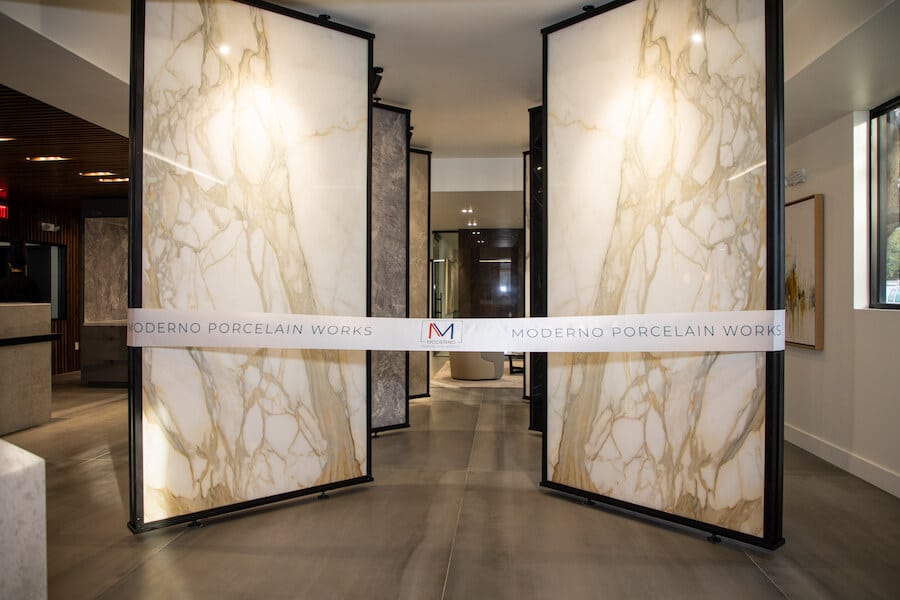
Conclusion: The First Mover’s Advantage
The Russian tile market is in a state of flux, and such moments of disruption are rare. The convergence of geopolitical shifts, logistical innovations like the INSTC, and Iran’s inherent industrial strengths has created a perfect storm of opportunity. For Iranian ceramic and tile exporters, the path to Russia is no longer a treacherous expedition but a strategic corridor waiting to be claimed.
Success will not be accidental. It will be awarded to those who are diligent in their market research, meticulous in their planning, and relentless in their execution. It will belong to the companies that invest in understanding the Russian consumer, that build strong partnerships with reliable distributors, that master the intricacies of customs and finance, and that build a brand synonymous with quality and reliability.
The Kremlin’s path is not paved with gold, but with the high-quality, beautifully designed ceramic tiles that will build and renovate the future of Russia. The time to act is now. The market is waiting. Your empire awaits.
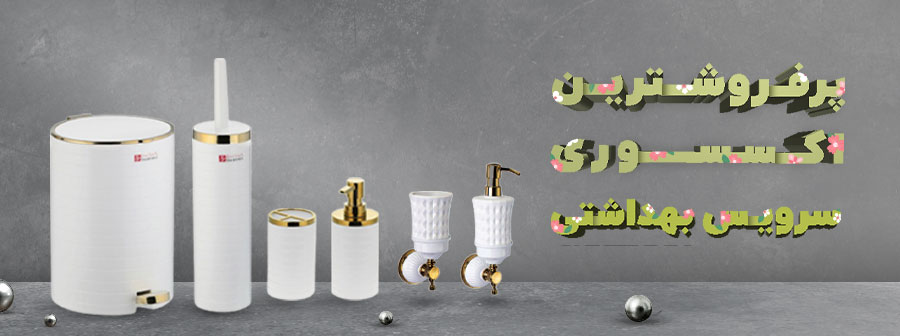
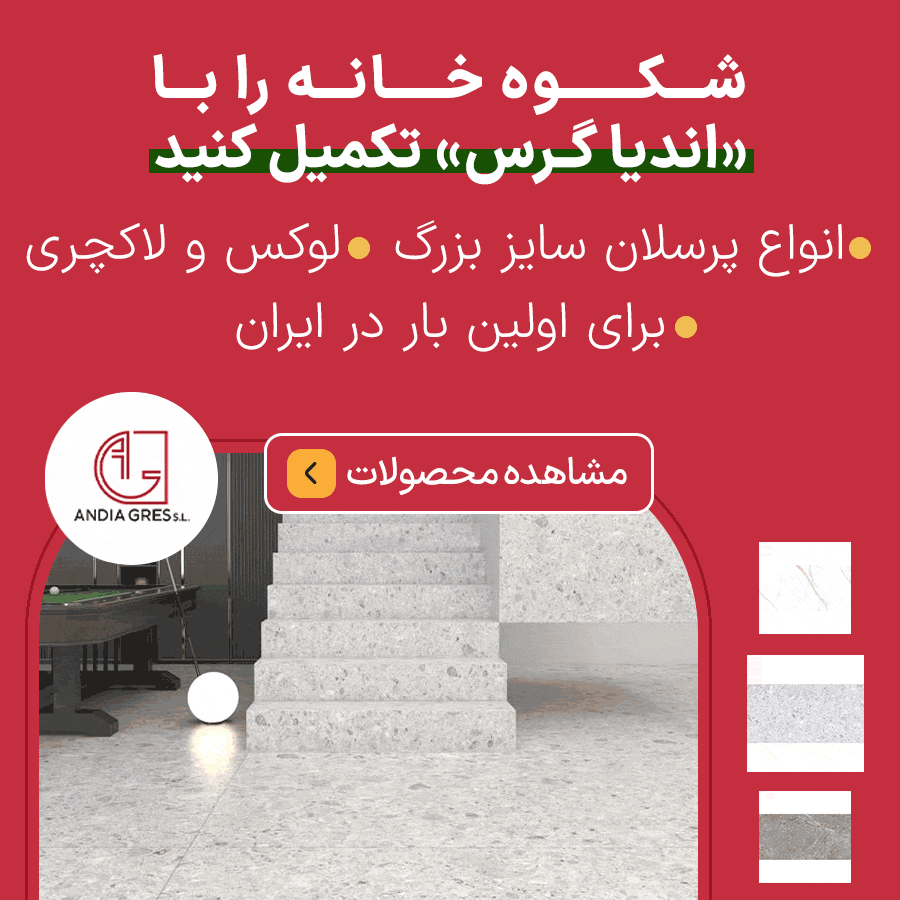
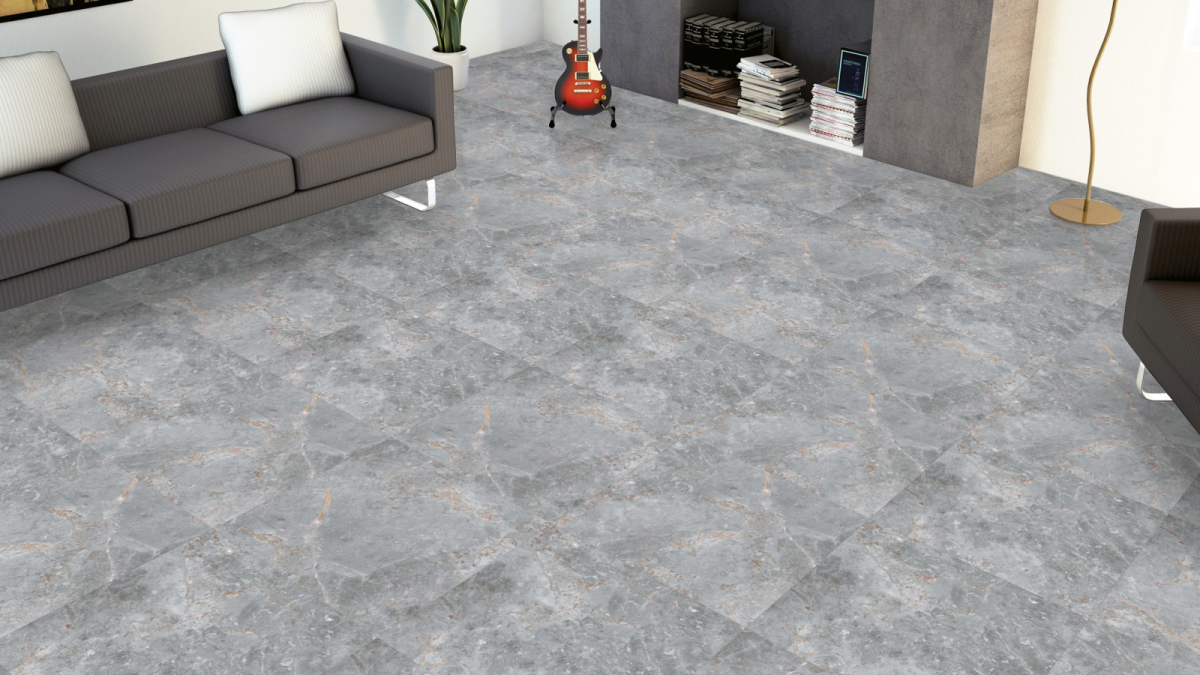
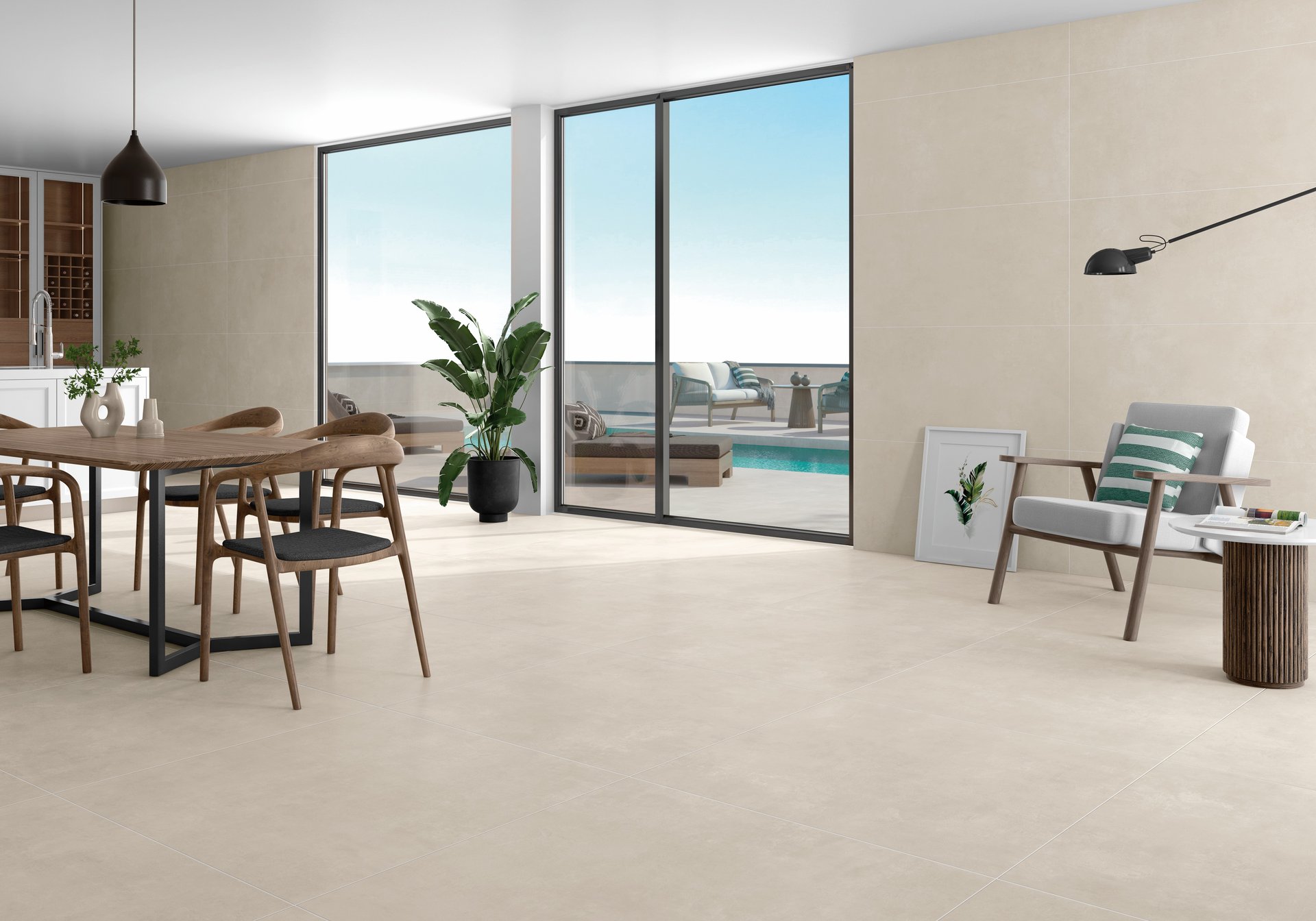
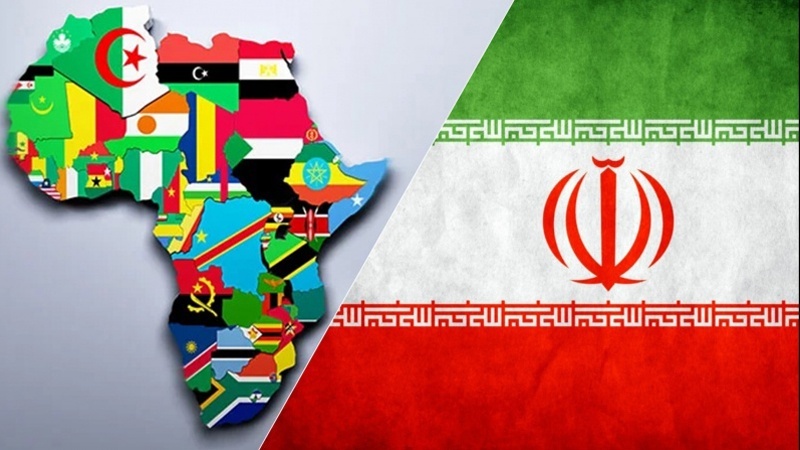
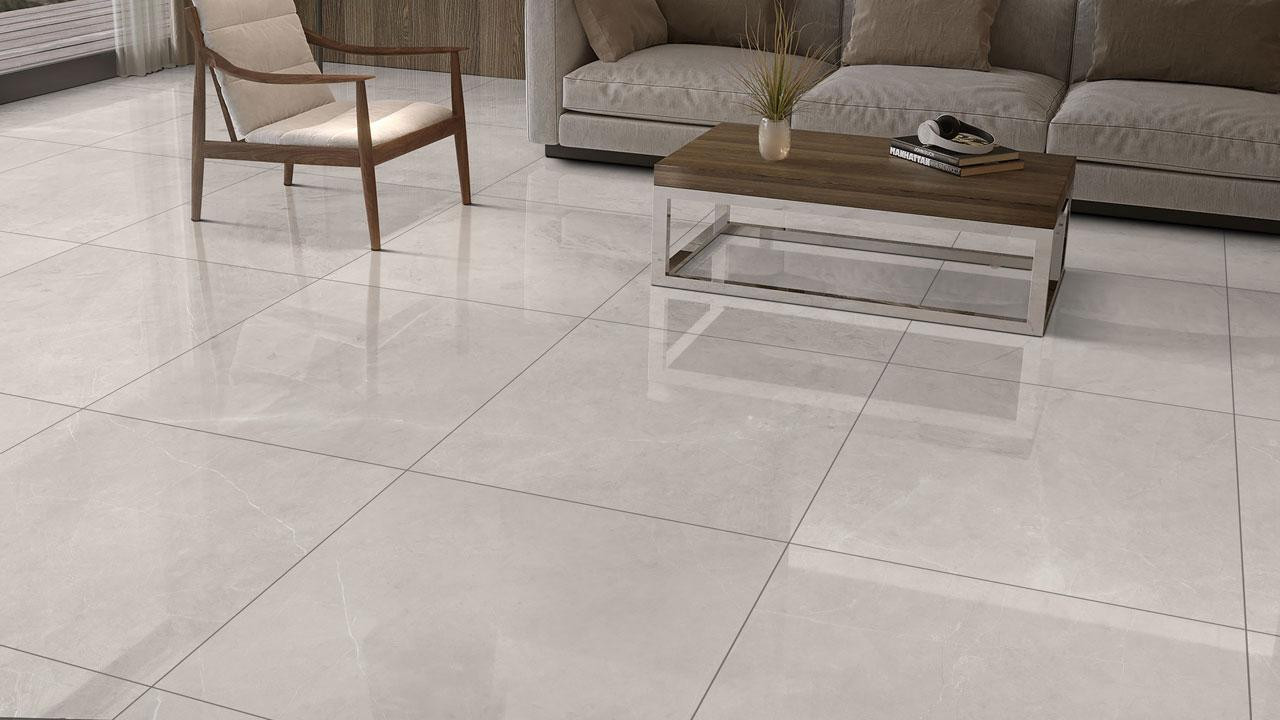
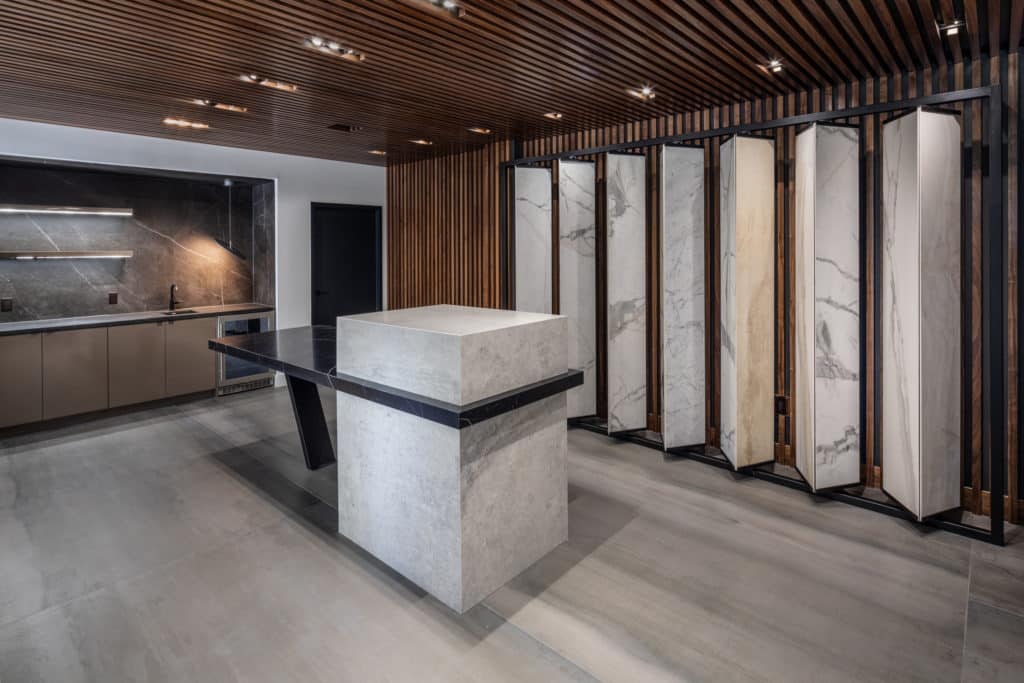
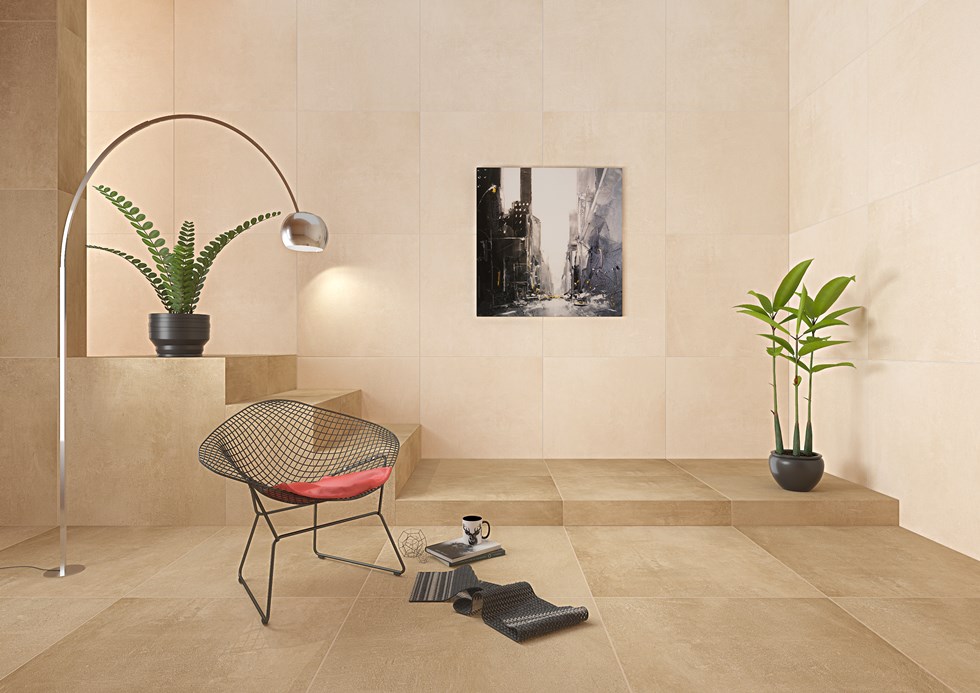
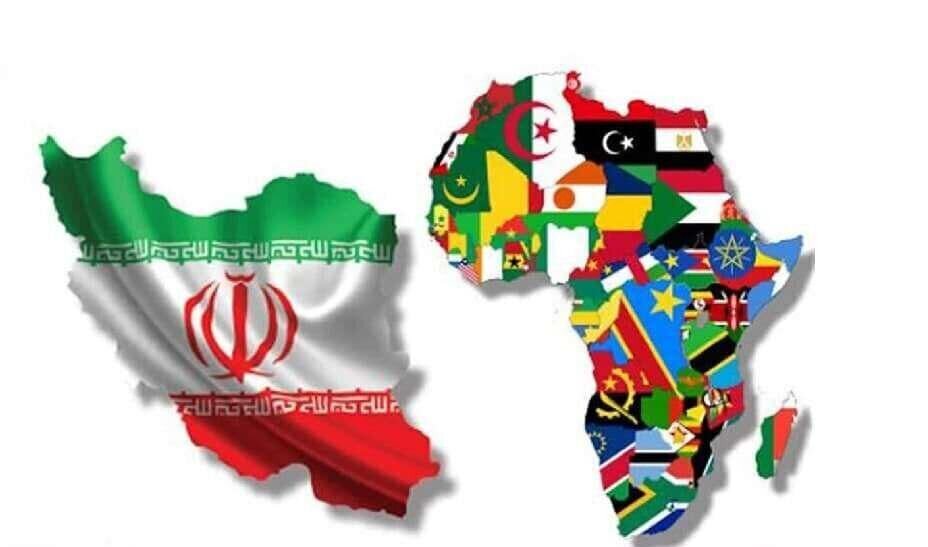
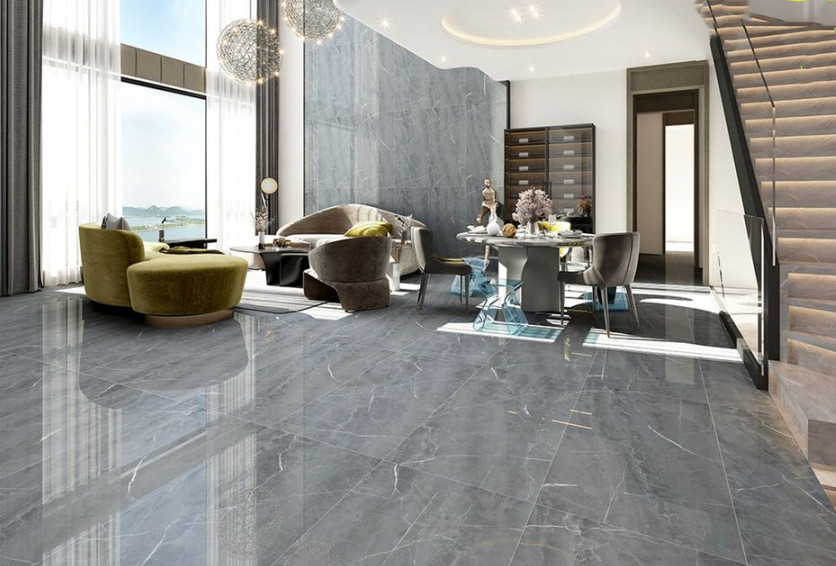
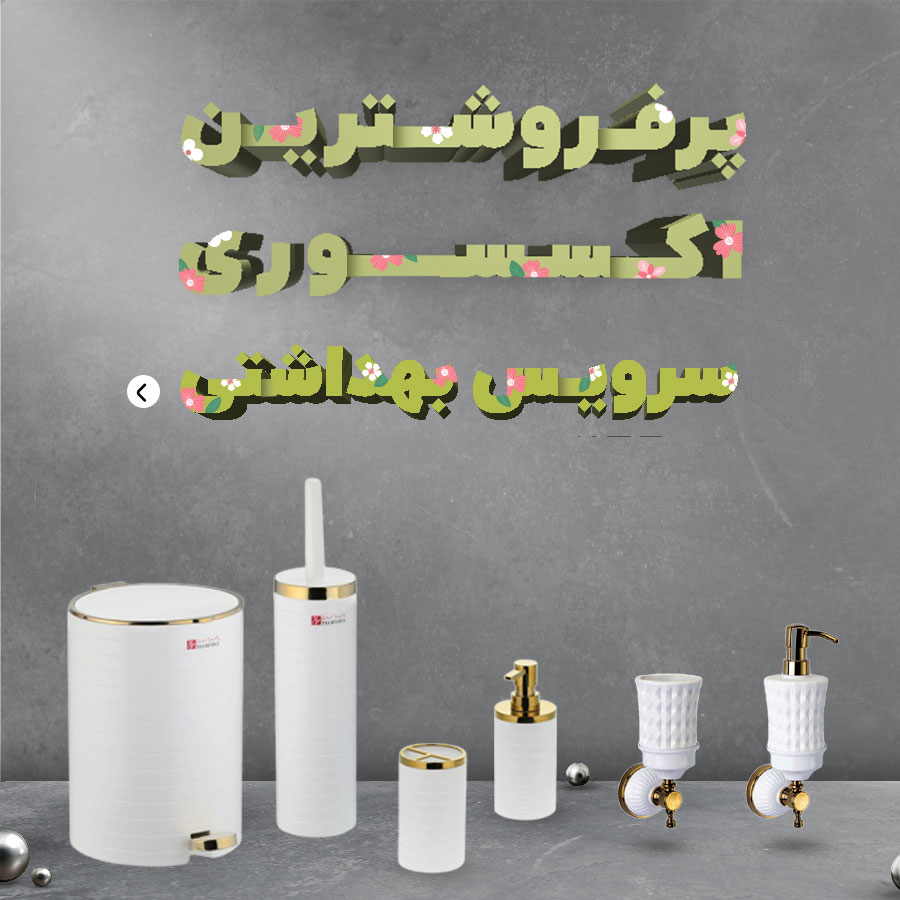

نظرات ۰